Cotton Fest Is Returning To Cape Town
Organisers of the highly anticipated entertainment and lifestyle experience today announced the return of Cotton Fest Cape Town, set to take place at the Hollywoodbets Kenilworth Racecourse on Saturday, 25th November 2023.
Back for the second edition in Cape Town later this year, Cotton Fest celebrates the new wave of talent through music, fashion and lifestyle. More than just a music festival, this multi-layered youth culture experience will once again include 2 concert stages, limited curated clothing and other merchandise, a selection of food stalls and an interactive sports area.
Known for merging both established and upcoming South African talent, Cotton Fest also showcases the diversities in music while fusing the gaps within the different local current movements. Cotton Fest Cape Town will feature some of South Africa’s finest talent performing over 2 stages.
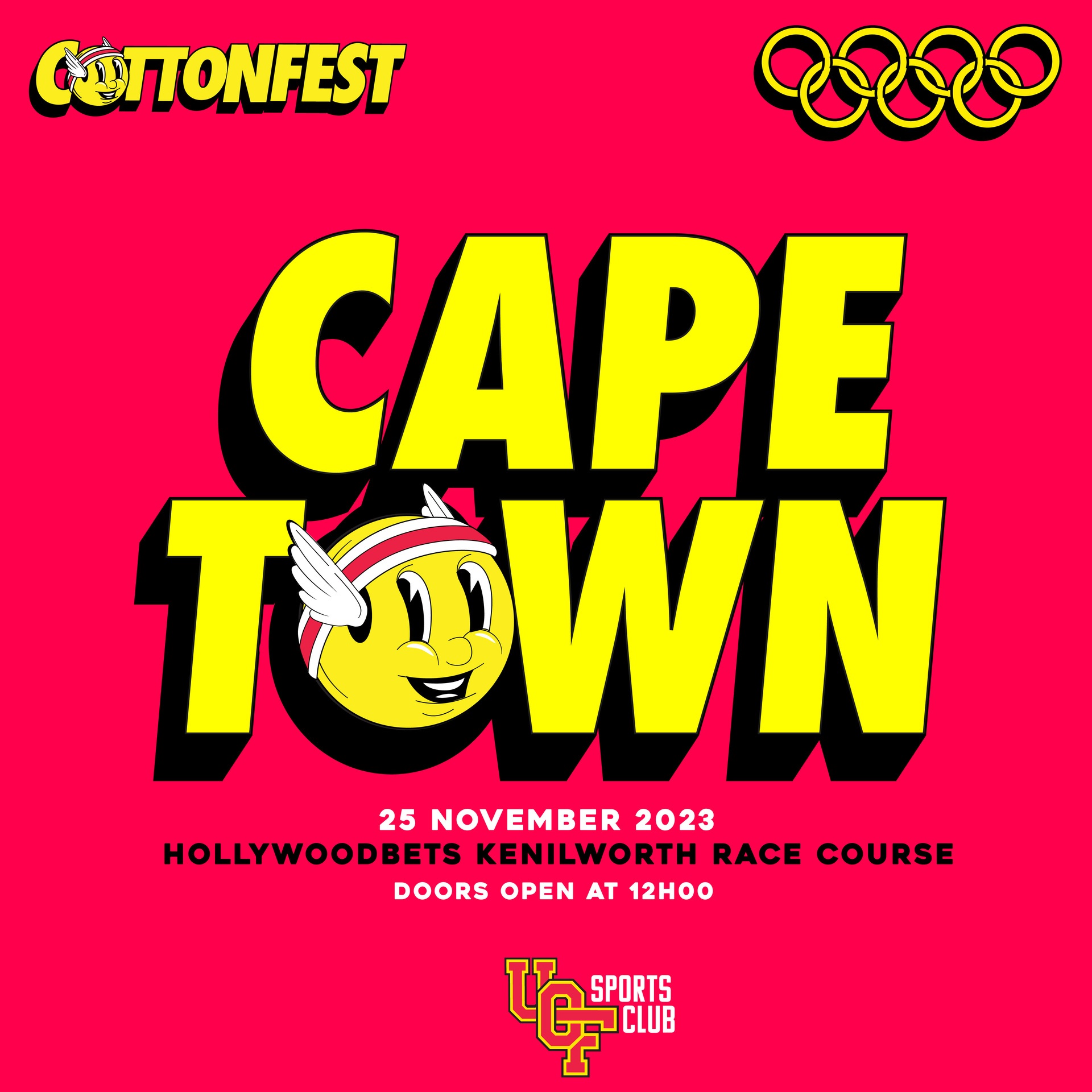
THE FESTIVAL – The COTTON STAGE will feature headline artists from across the country while the second STAGE will feature the New Wave of young hip hop talent alongside some of the biggest names on the Amapiano and Hiphop scene right now.
MERCH STORE – Bringing together proudly SA brands, the merchandise area will showcase the best of what local creatives have to offer with unique pieces, limited branded fashion items and other sought after accessories. Festival goers will have a curated shopping experience as they cop merchandise at the Cotton Fest’s store.
FOOD COURT – A variety of delectable food options and fully stocked bars will be positioned around the venue.
MORE: There’ll be photo booths and other exciting partner activations set up around the venue, as well as various chill areas to relax, recharge and reboot.
“Showcasing in Cape Town for the first time last December demonstrated the existence of the Cotton Fest movement which is alive and thriving in the city. Coming back bigger and better in 2023 was an obvious decision for the team” says co-founder Bianca Naidoo. “ The love and support in Cape Town was extremely humbling and the energy was exhilarating. We cannot wait for the experience later this year to further join forces with the Cape Town Cotton Fest family and build this united culture.”
Purchase your tickets for Cotton Fest CPT 2023 HERE
Instagram: @cottonfestjhb
Facebook: CottonFestJHB
Twitter: CottonFestJHB
www.cottonfest.co.za
Youtube: CottonFest
For more news, visit the Connect Everything Collective homepage www.ceconline.co.za

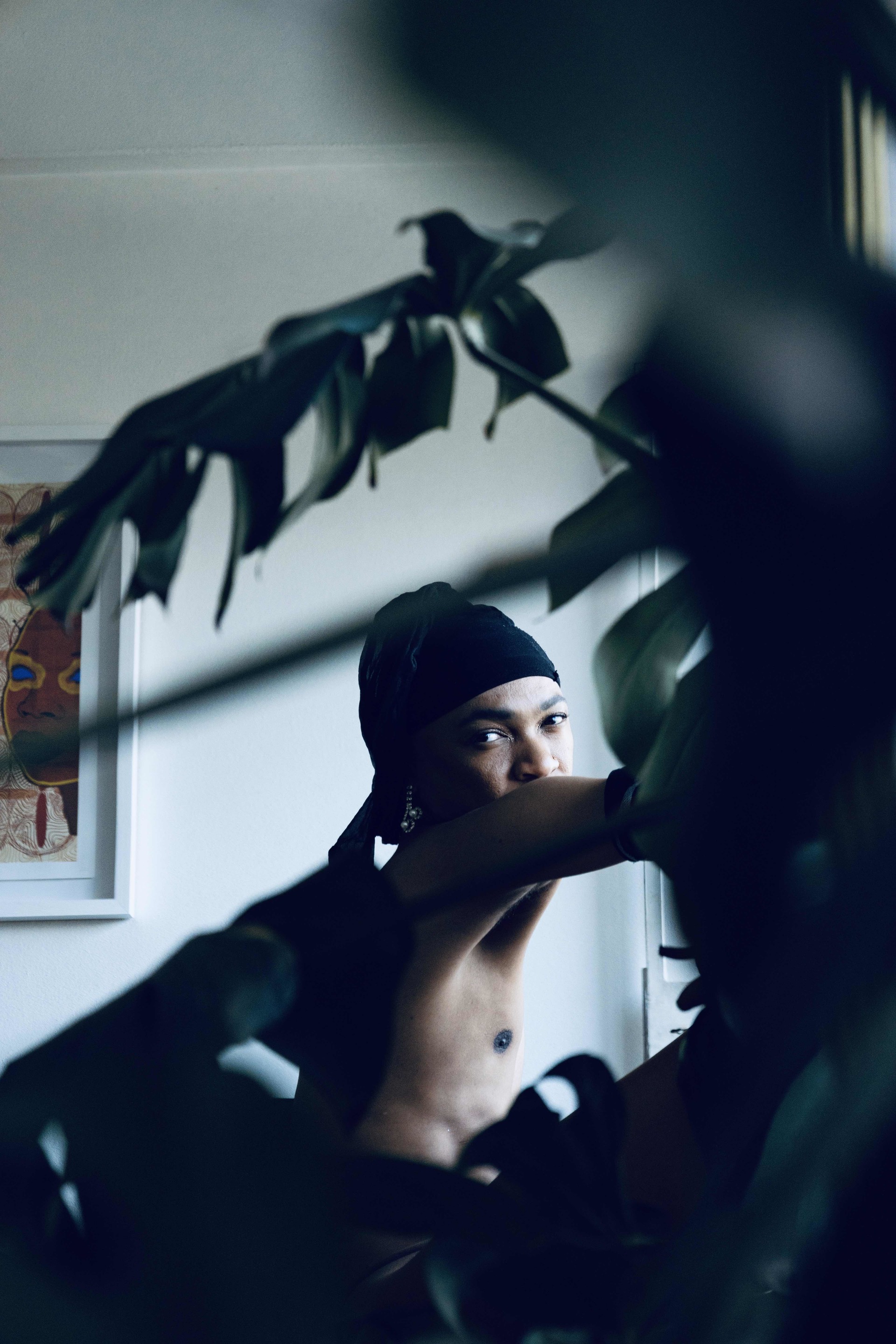
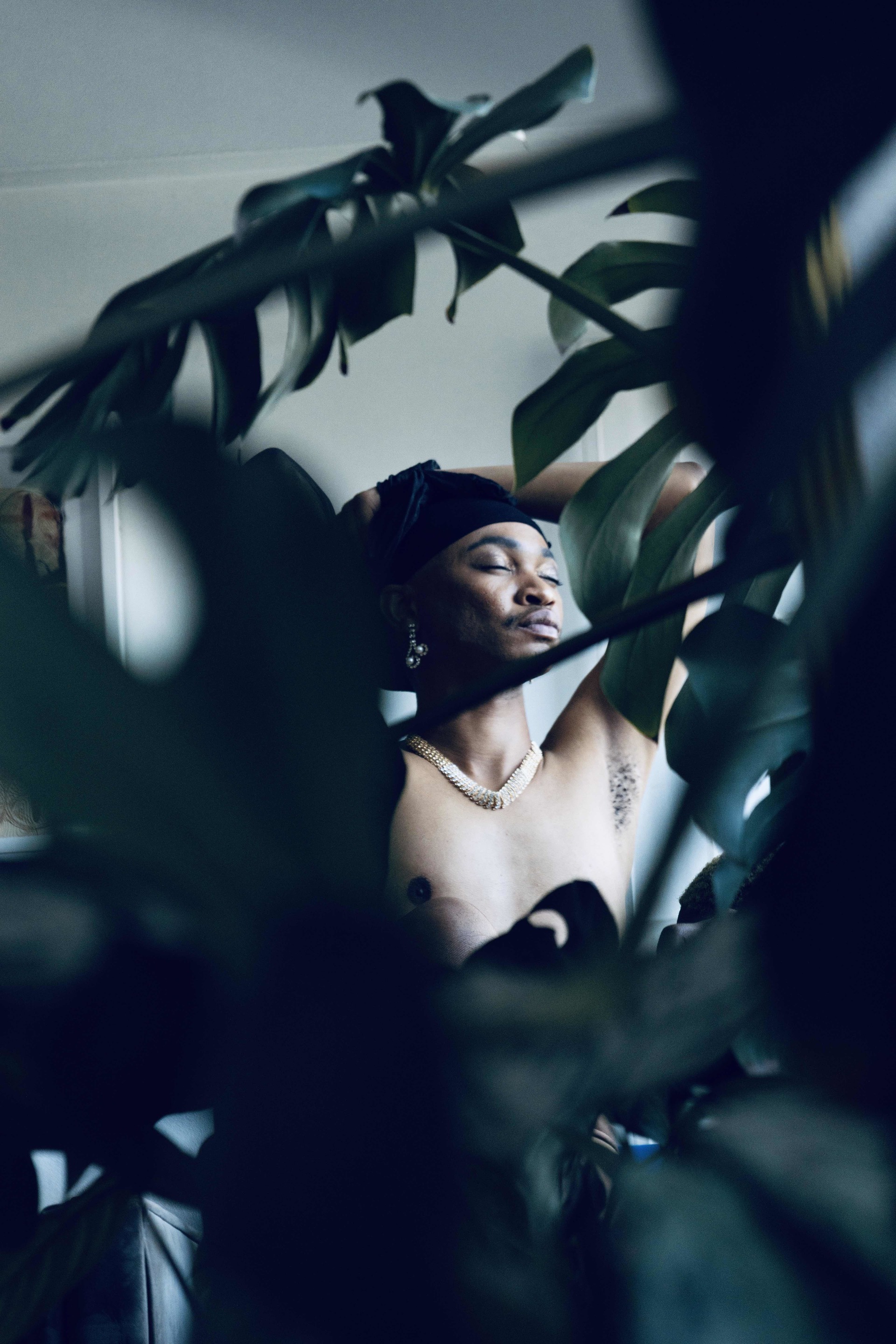
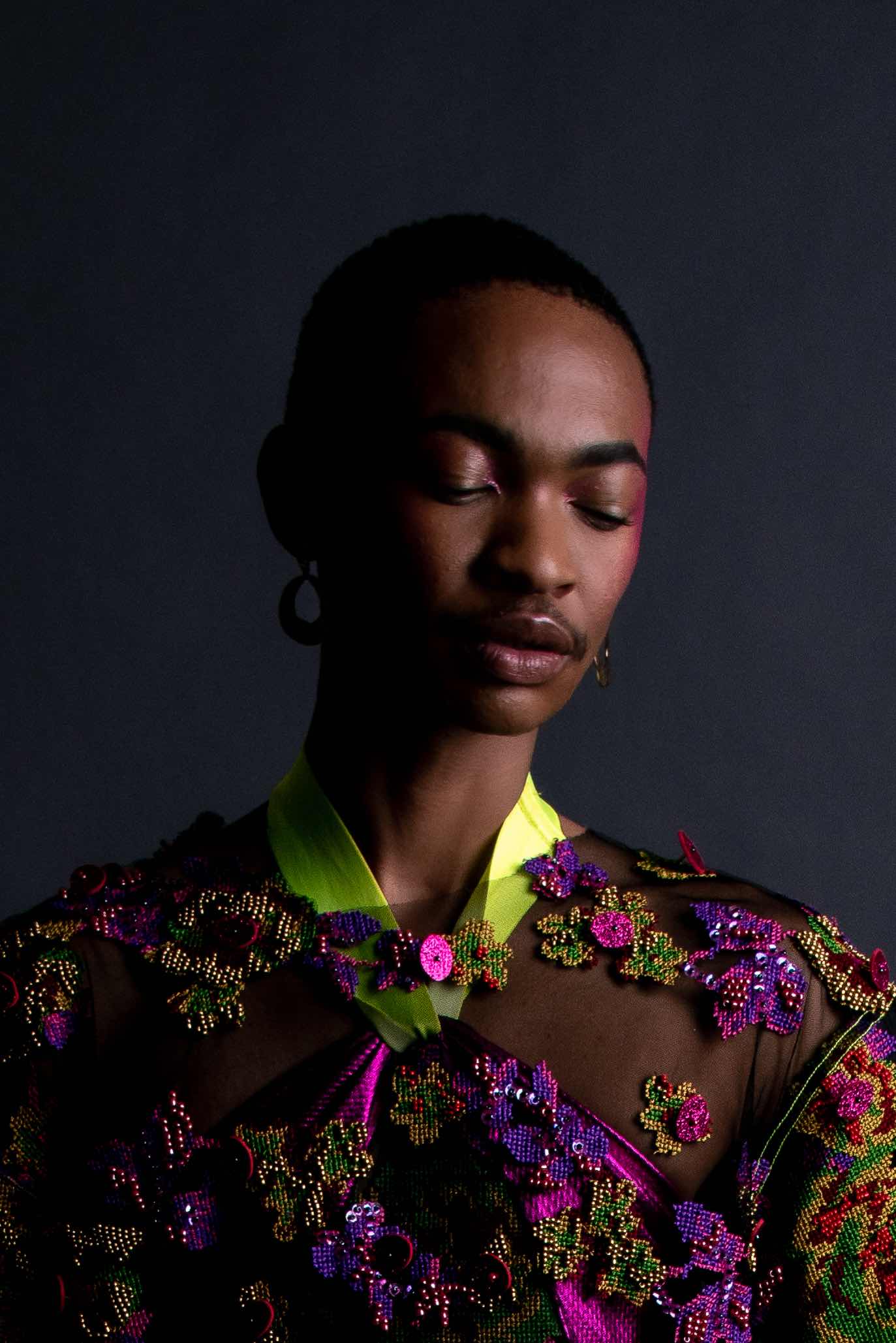
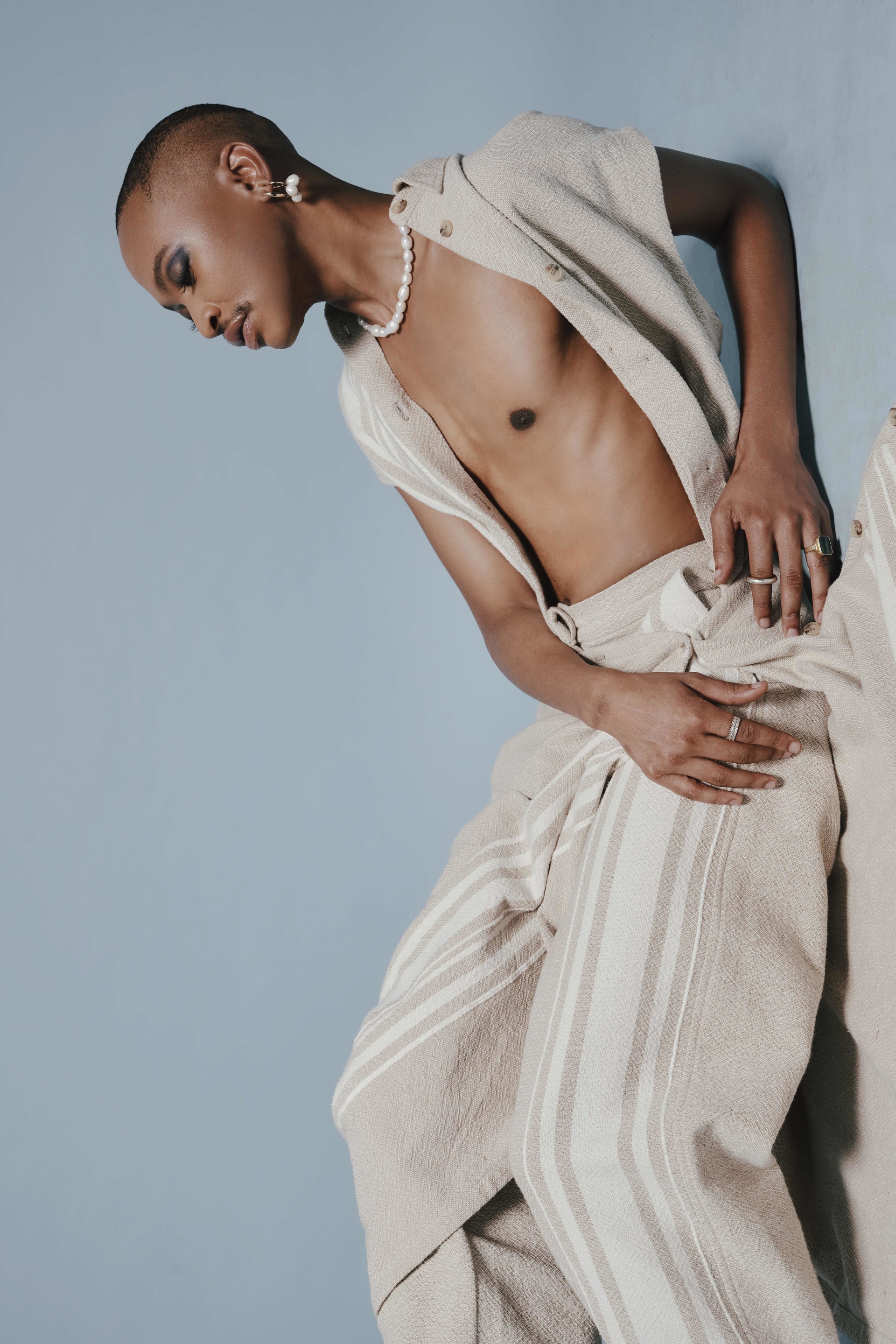
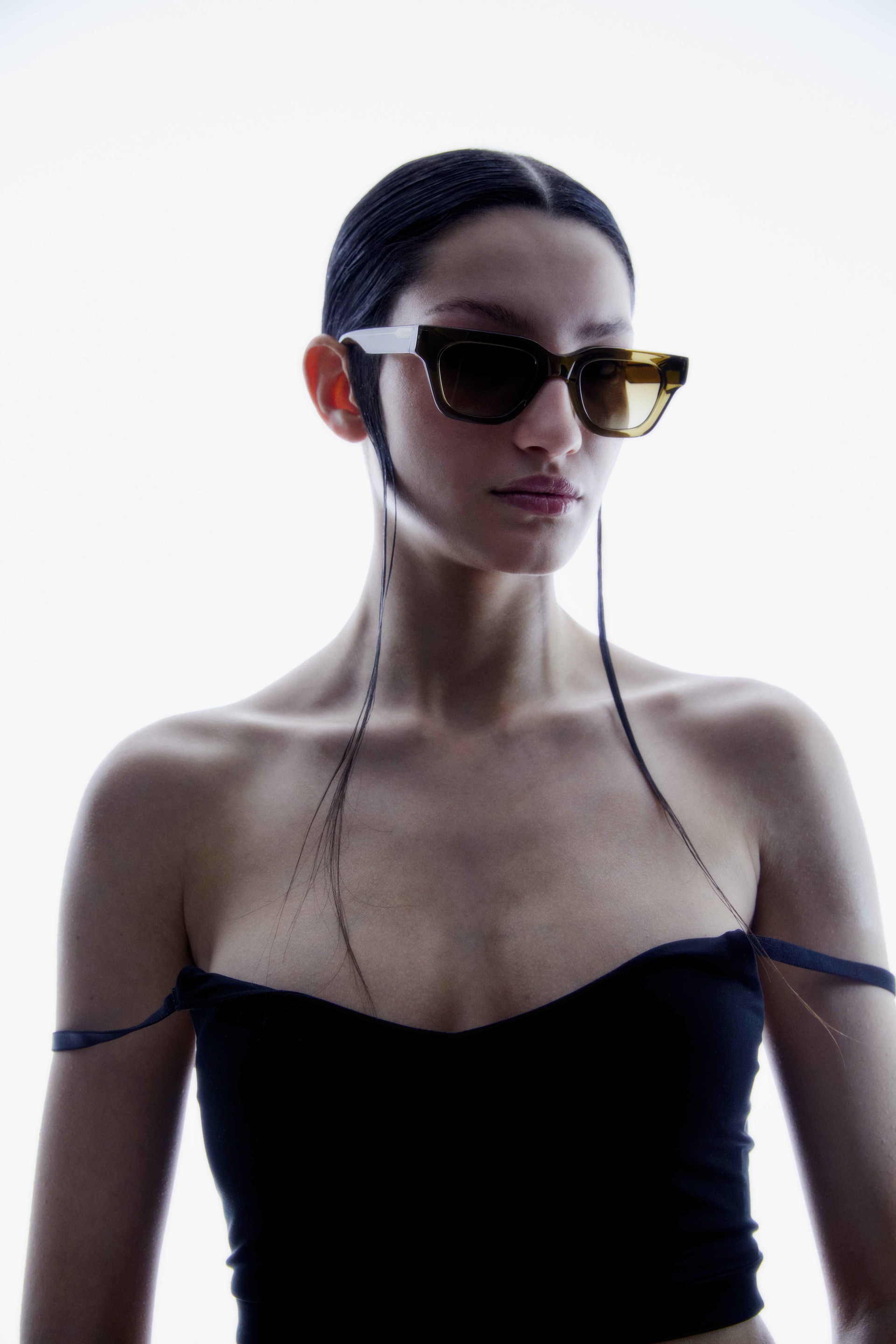

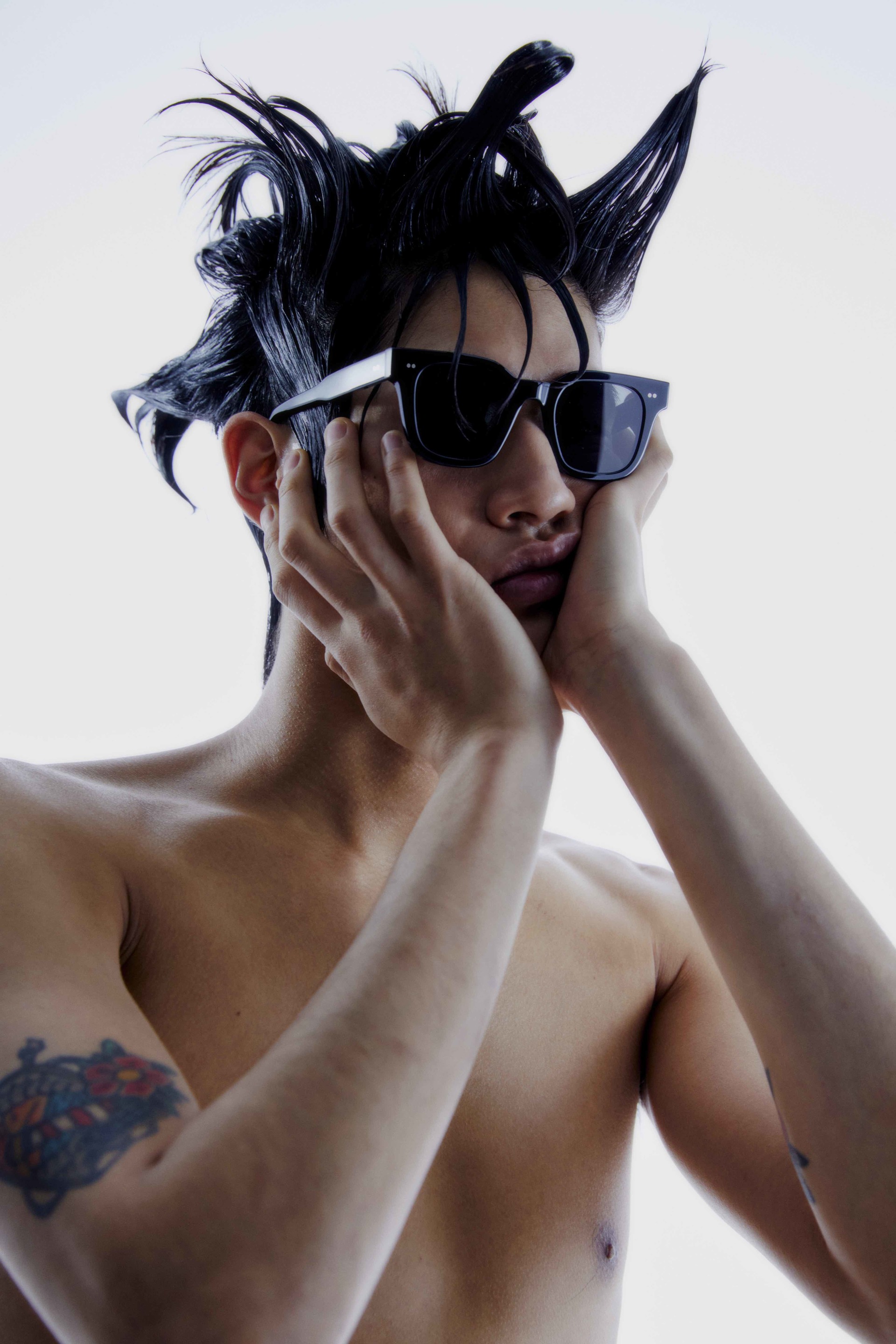
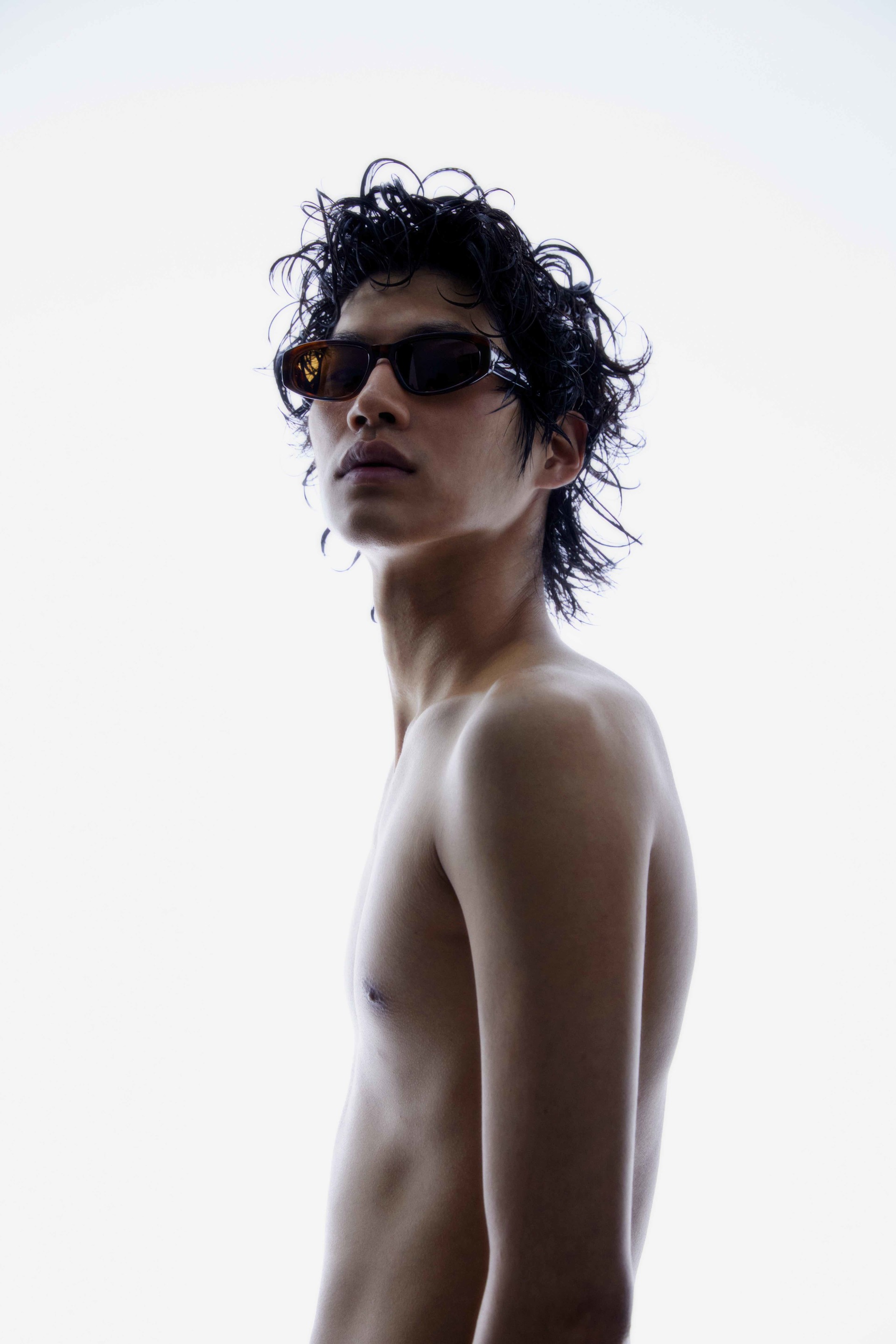
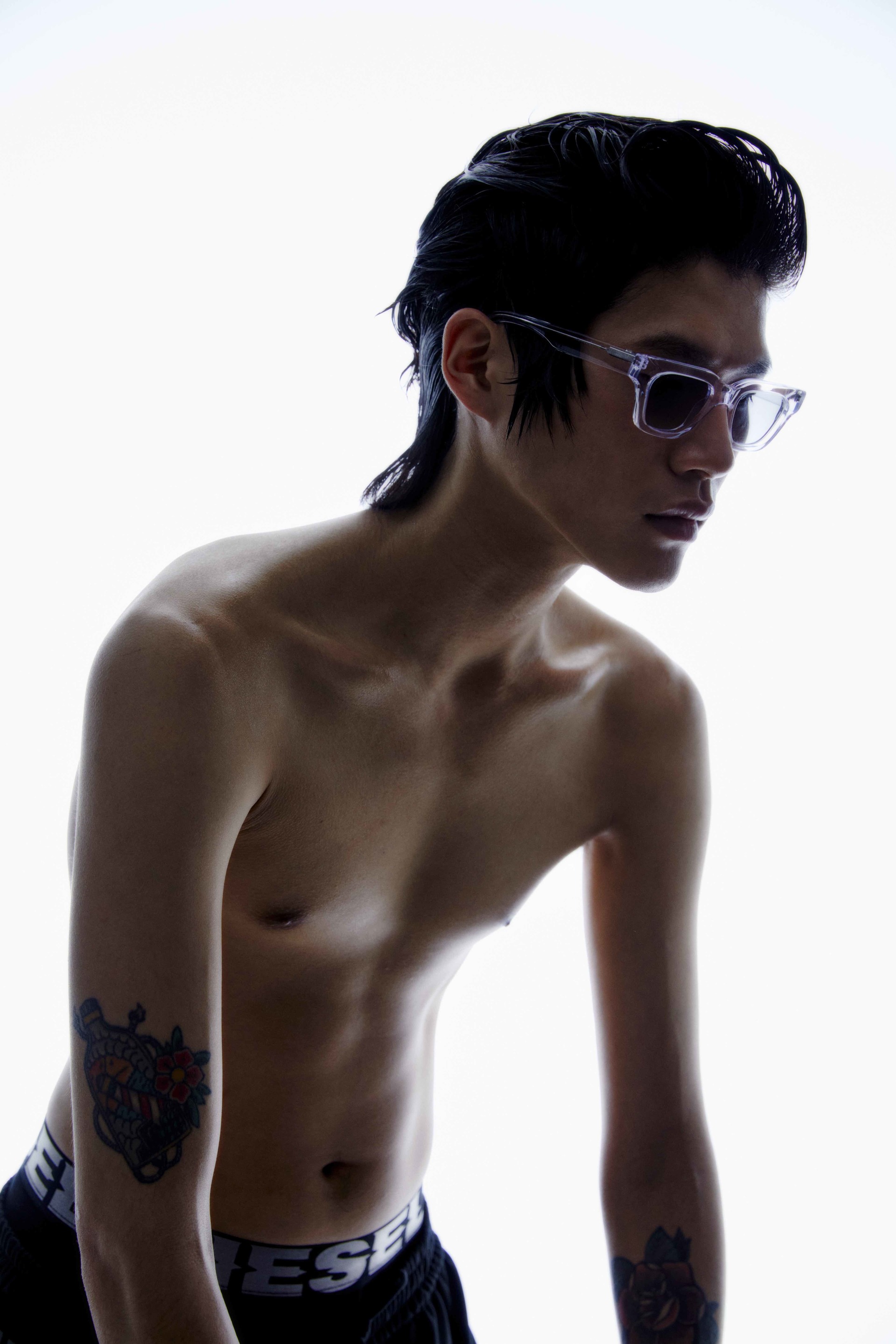
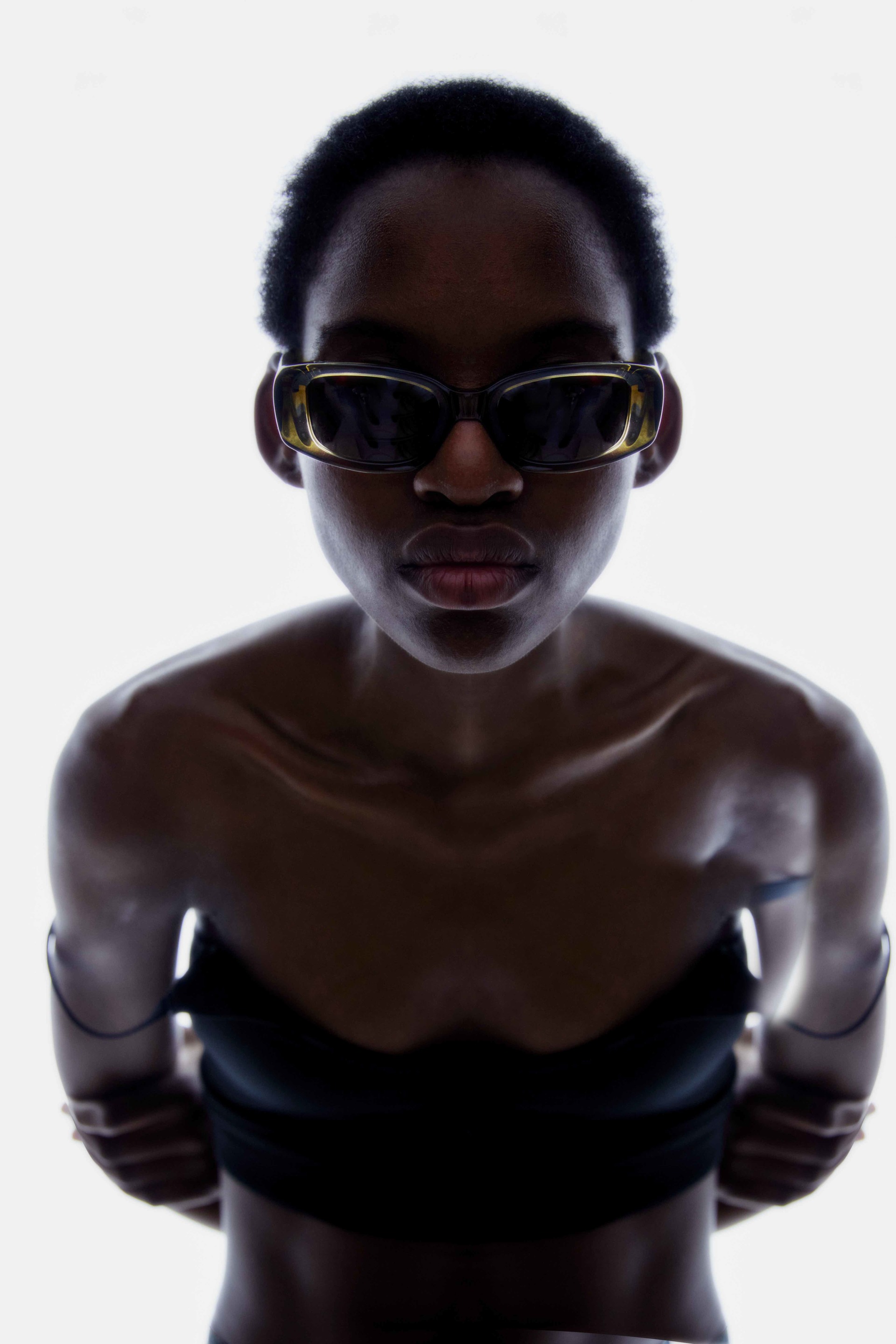
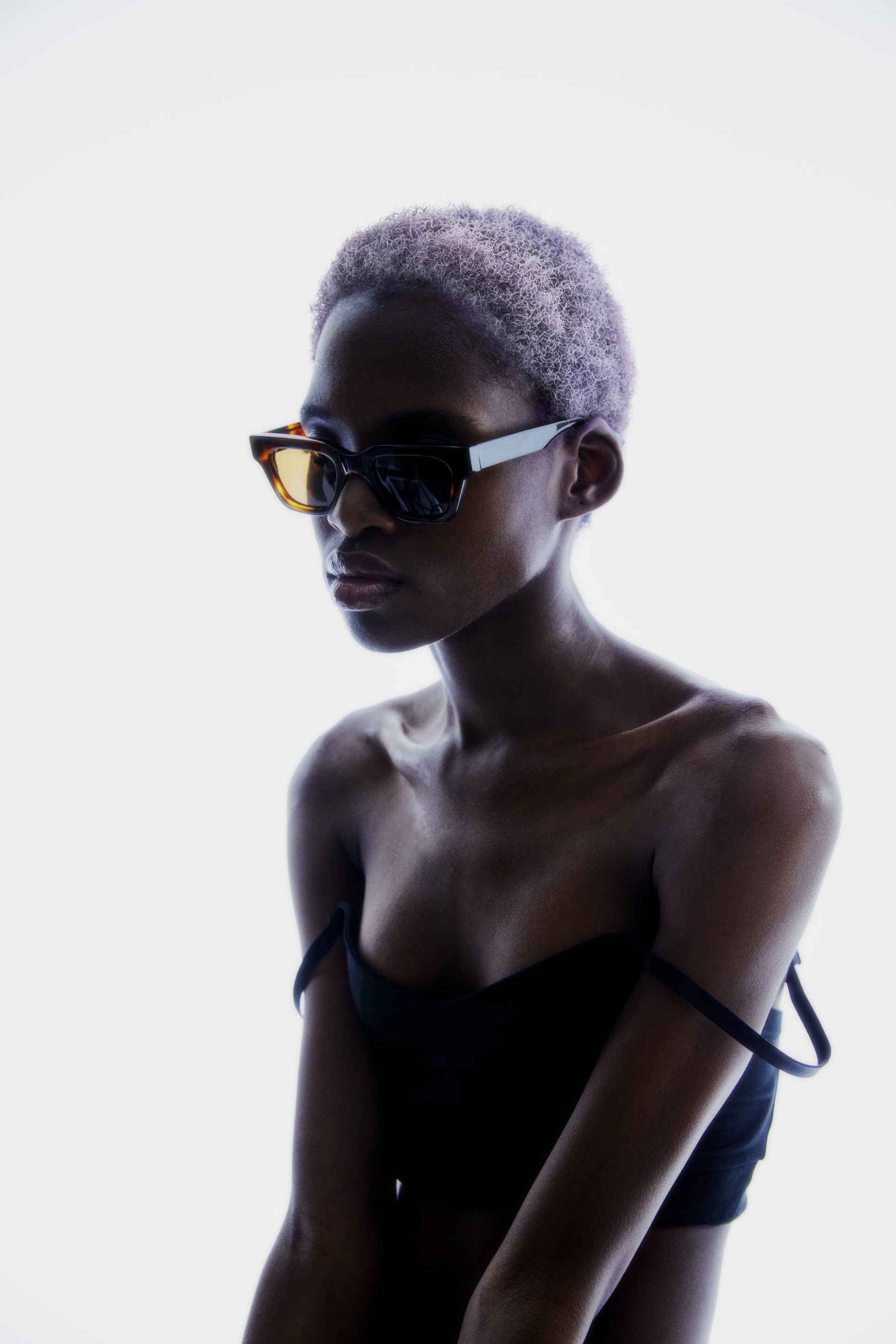
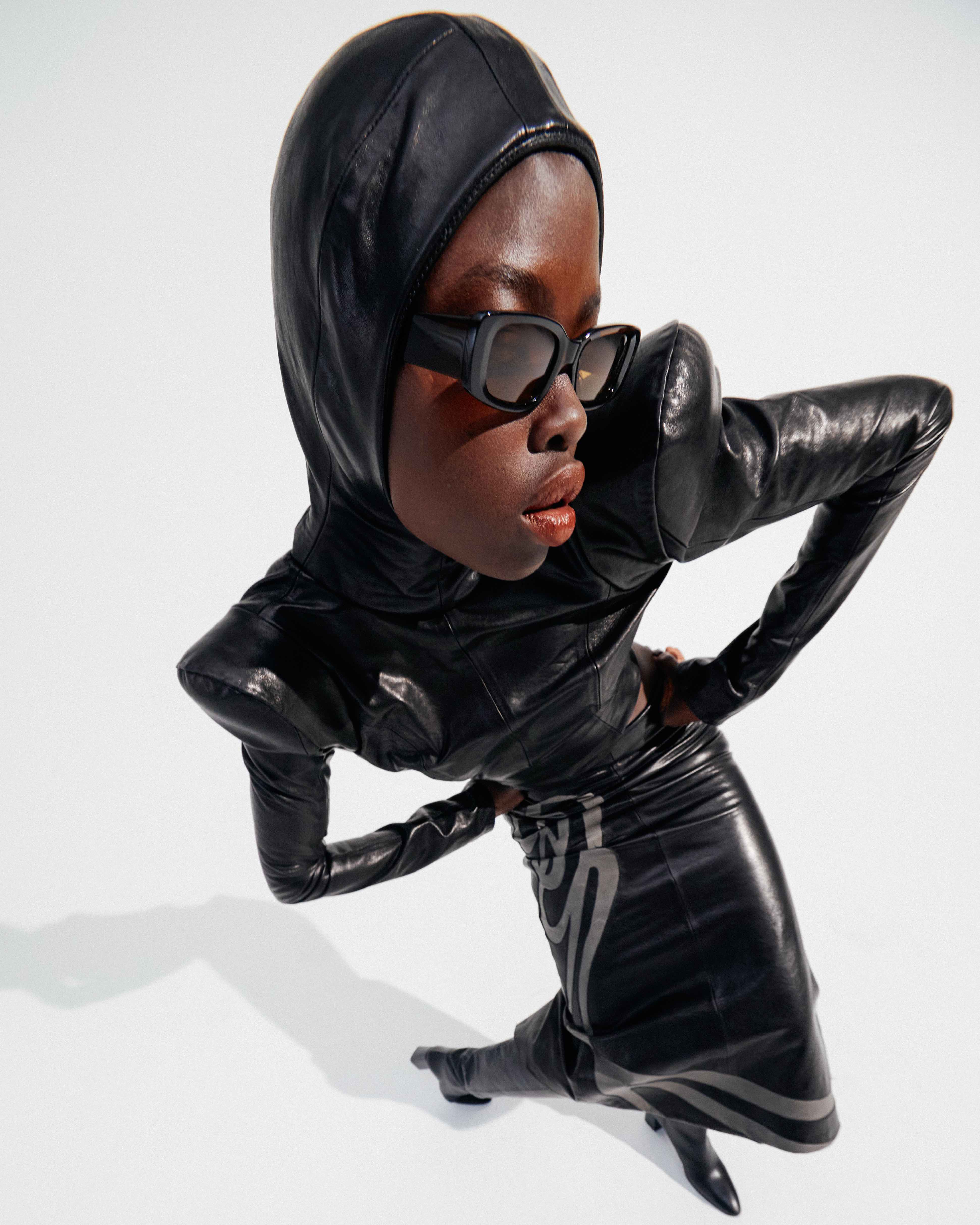
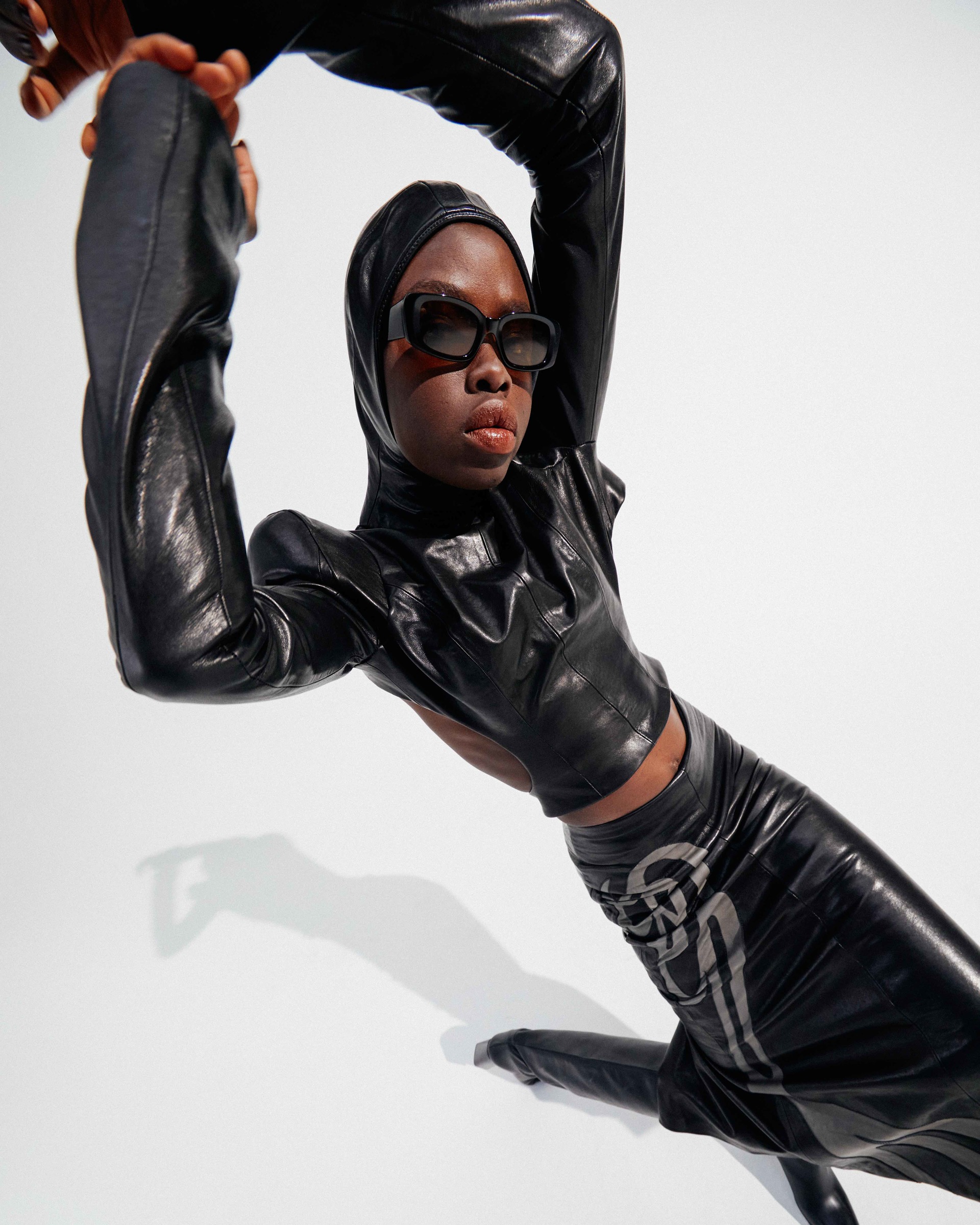
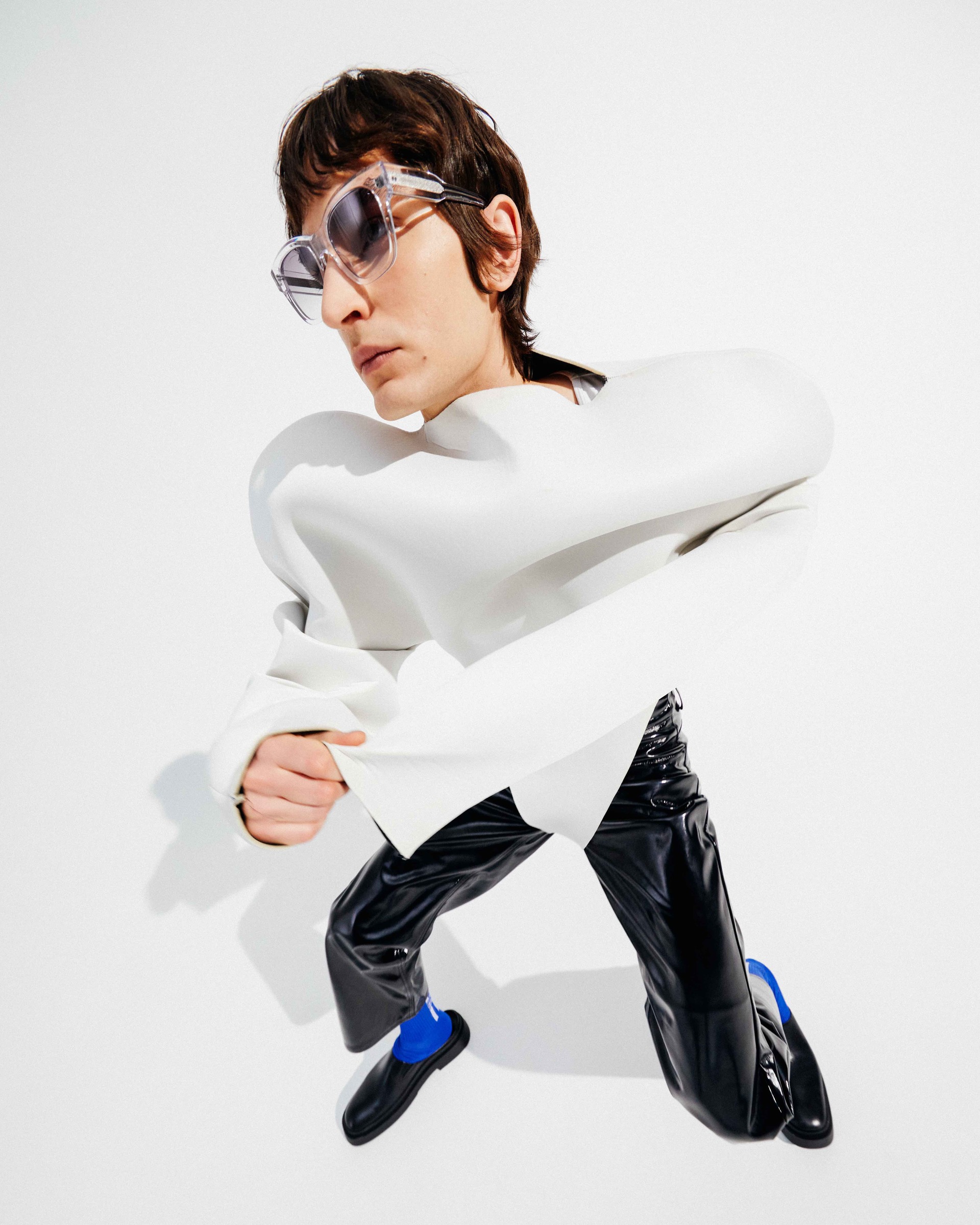
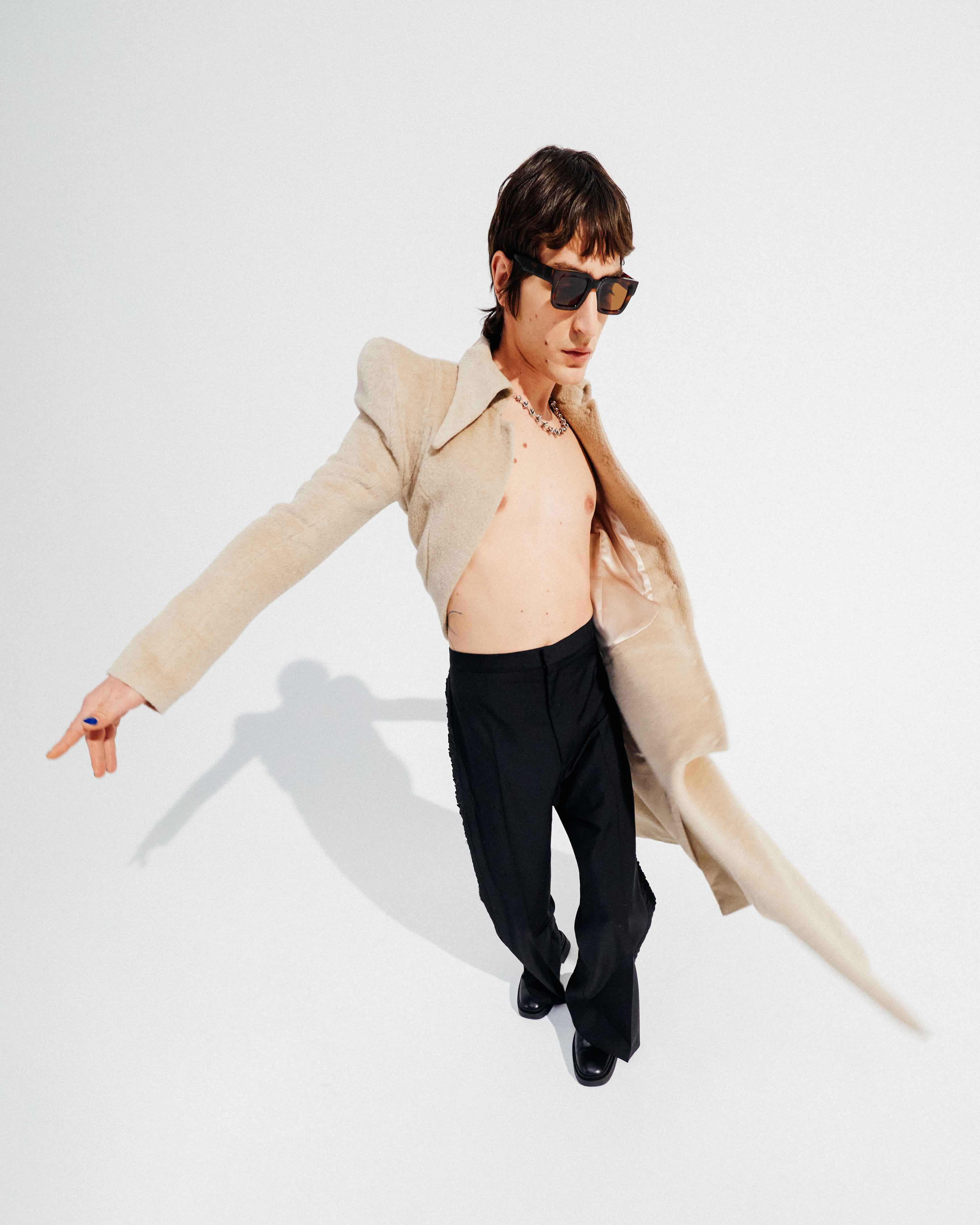
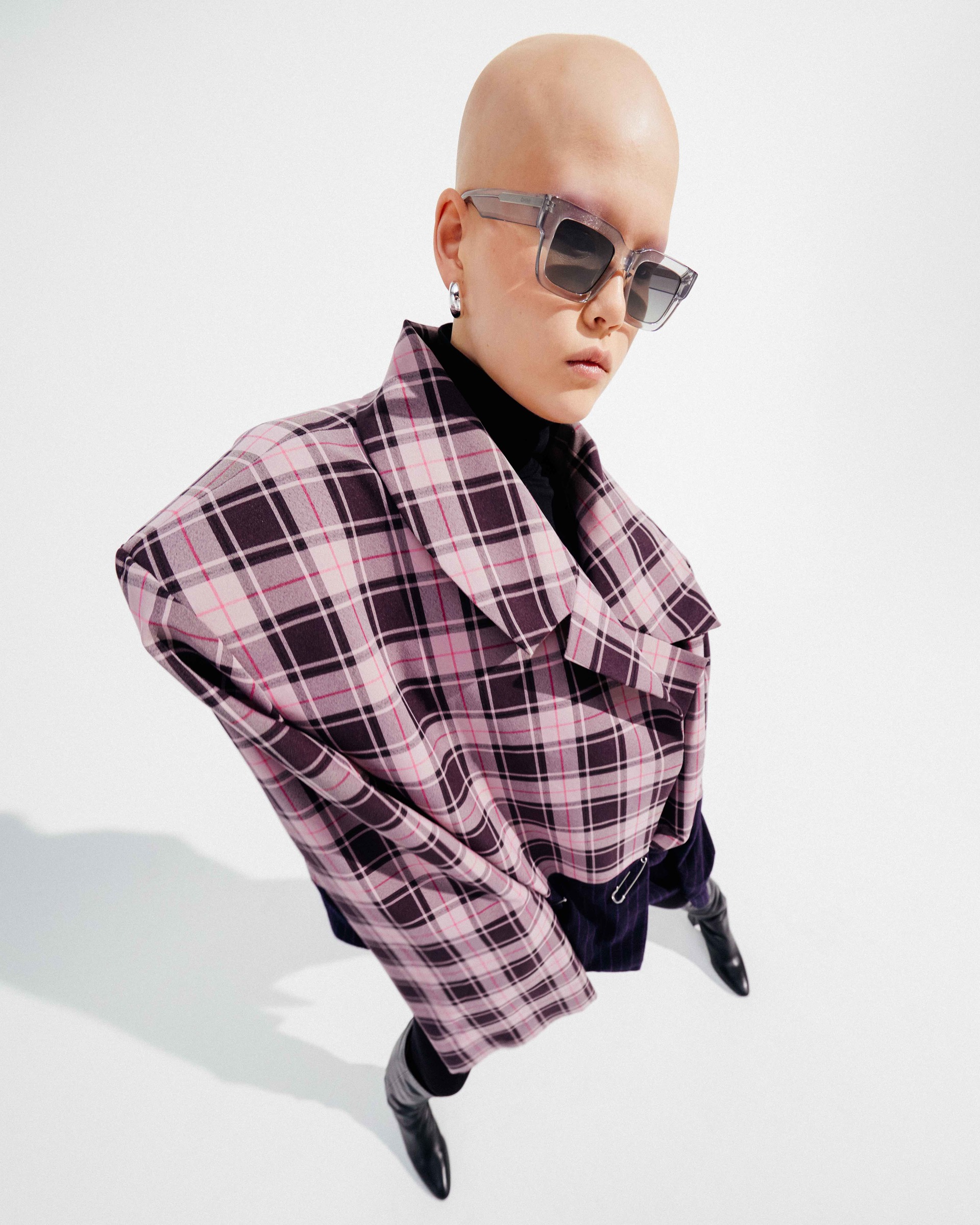

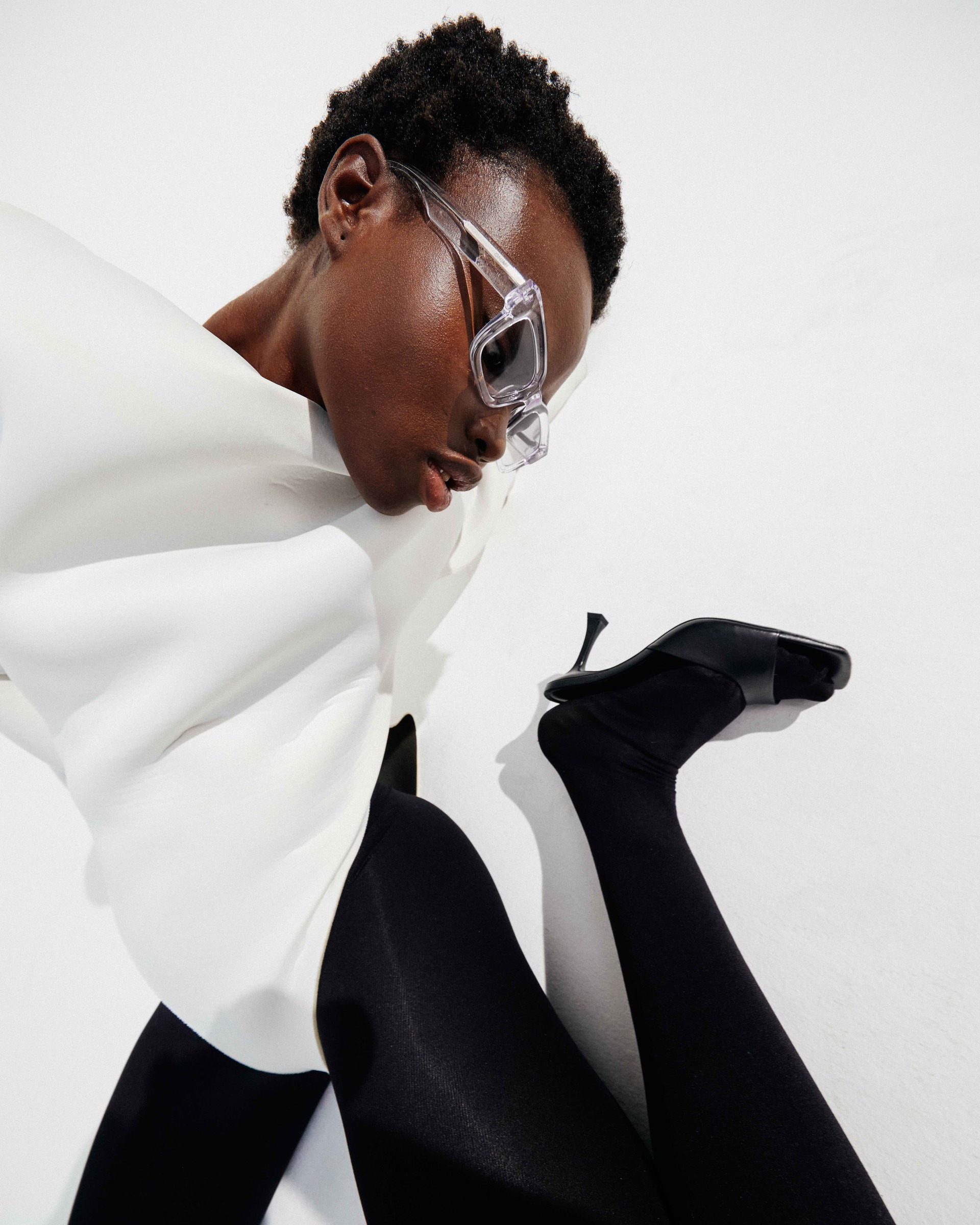
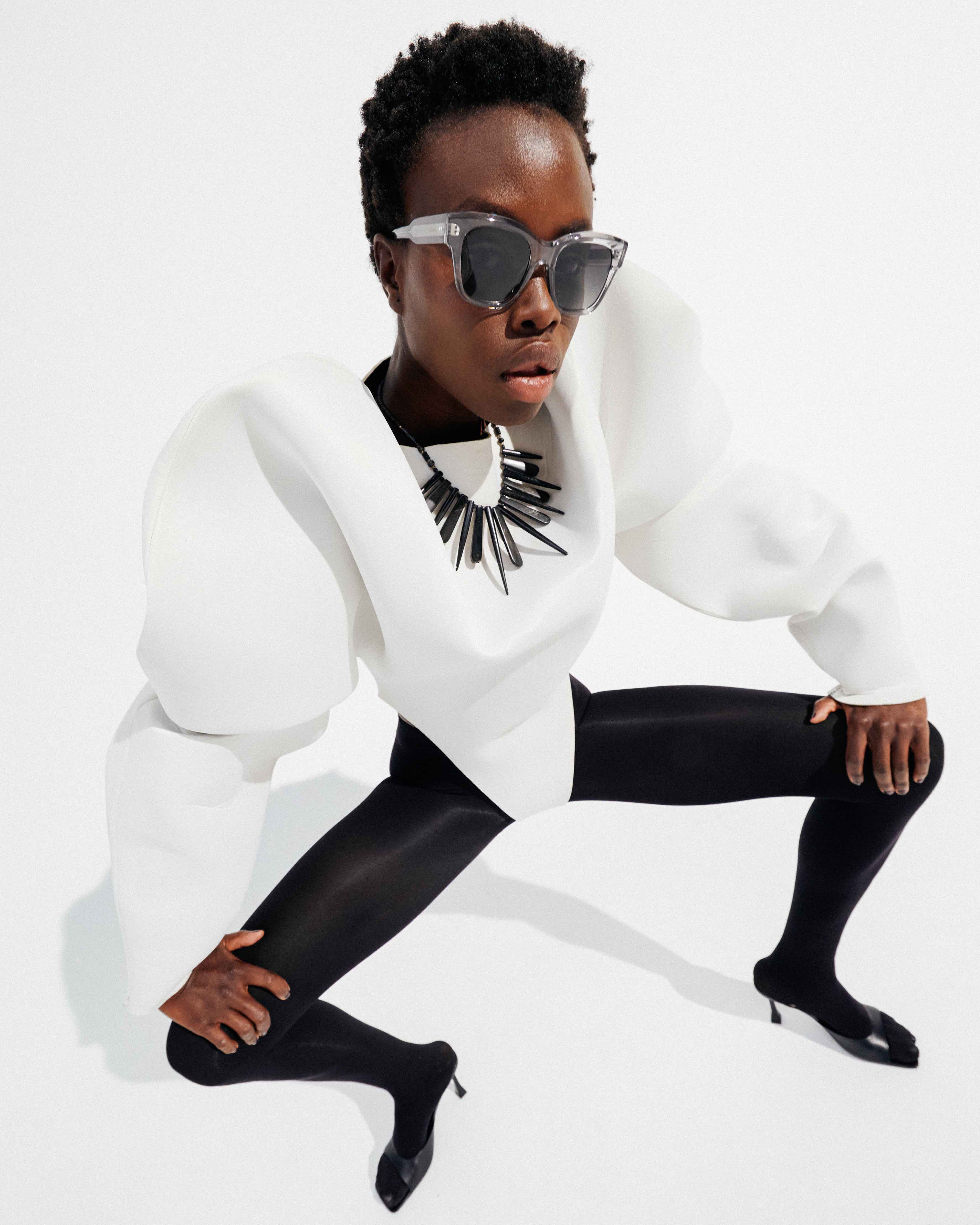

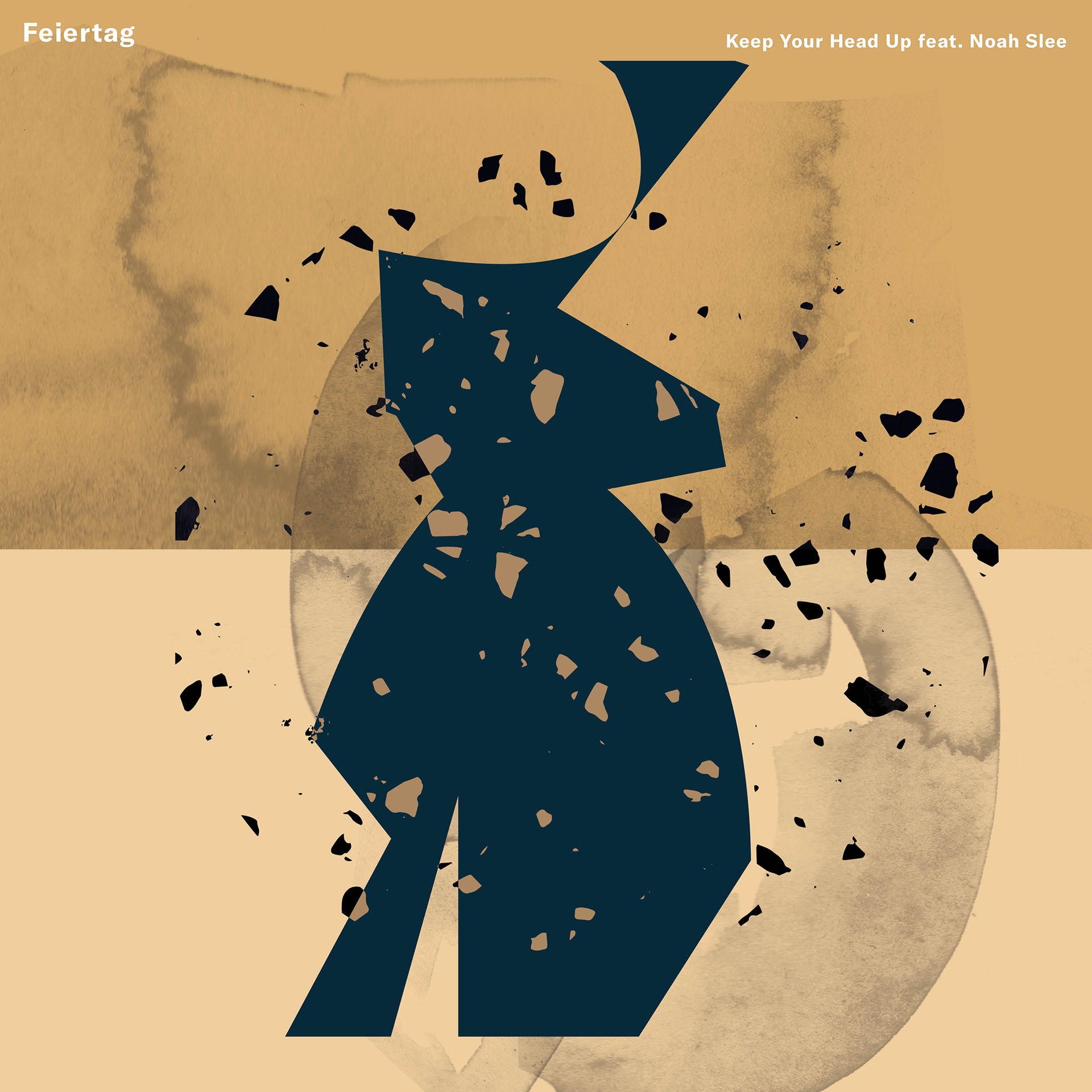
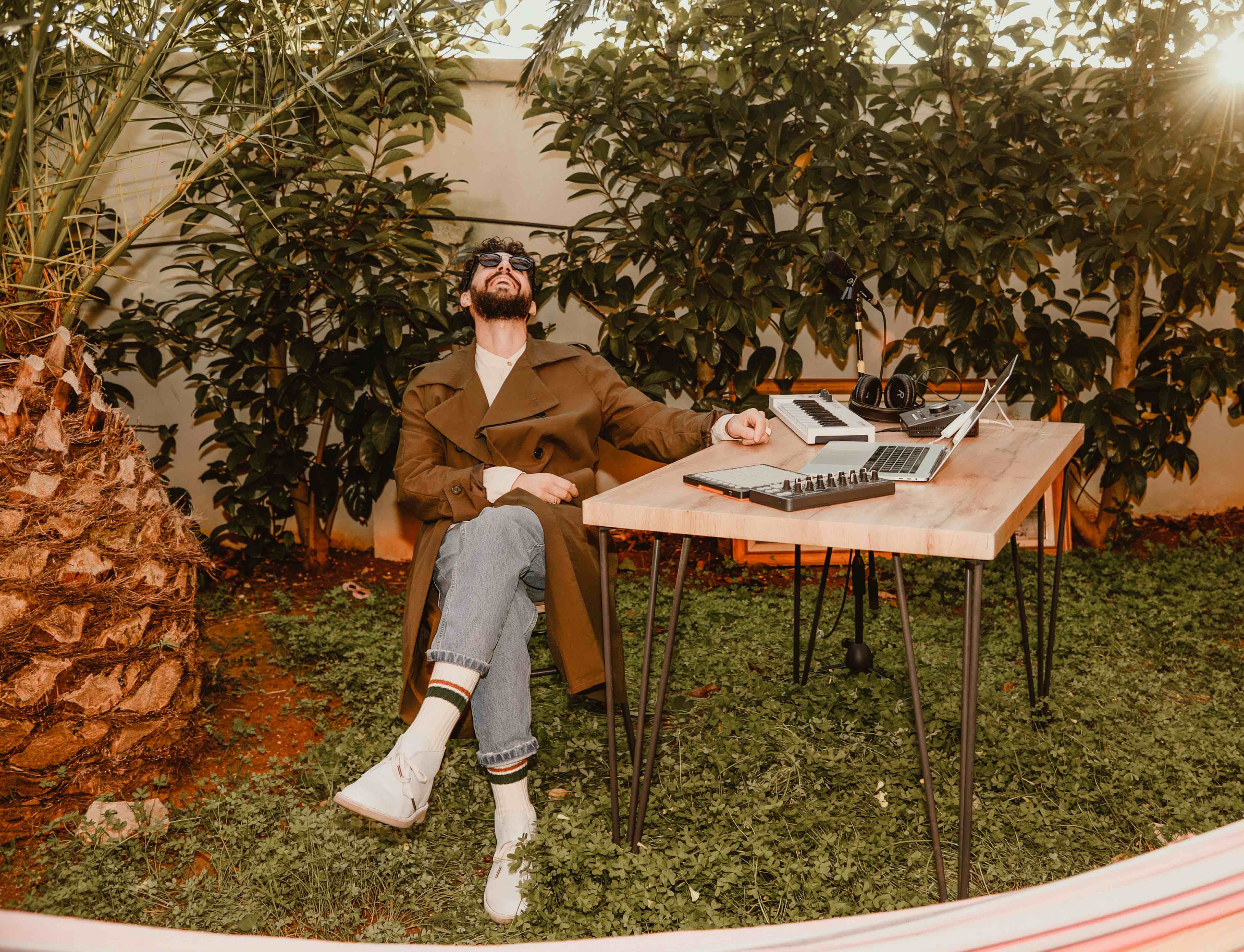
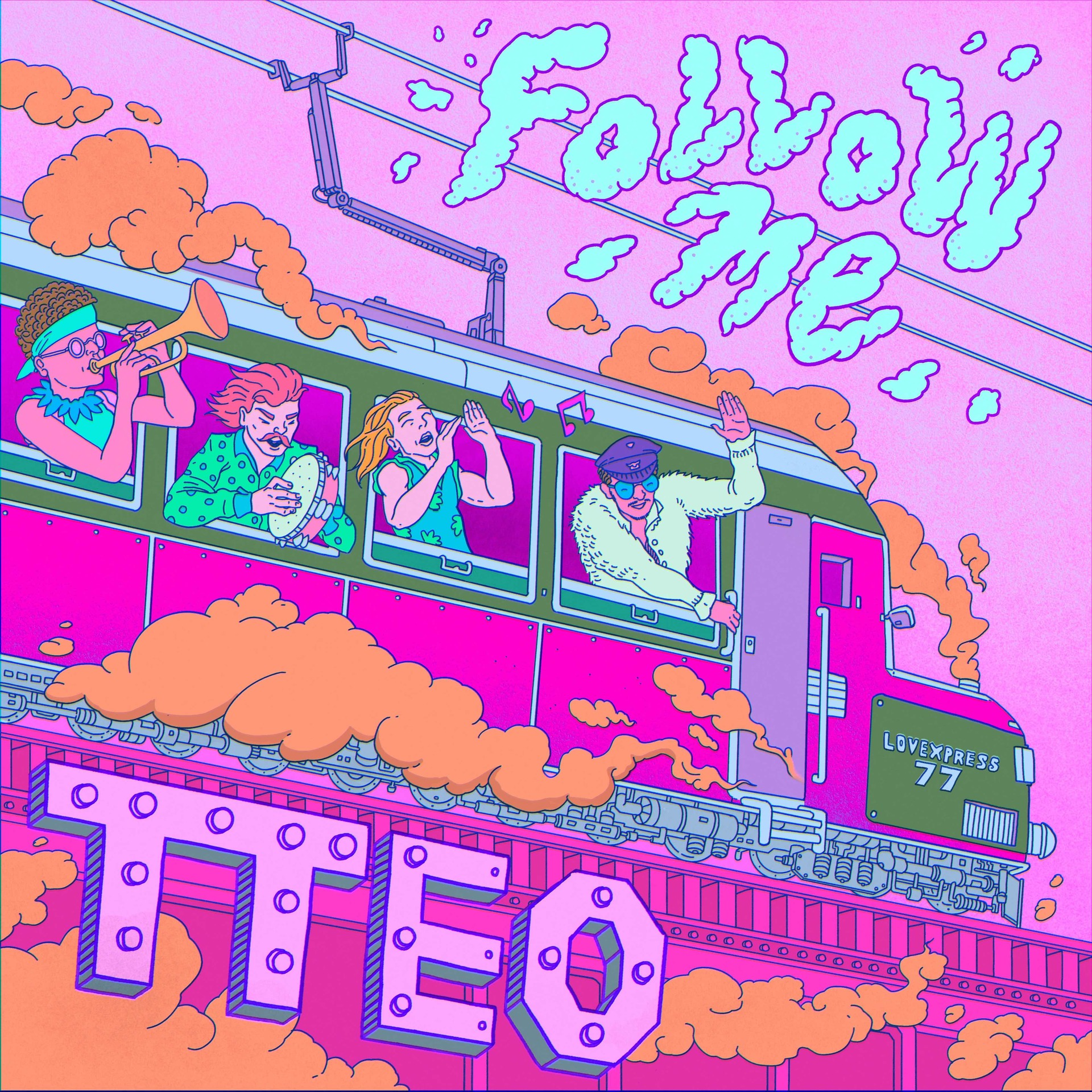








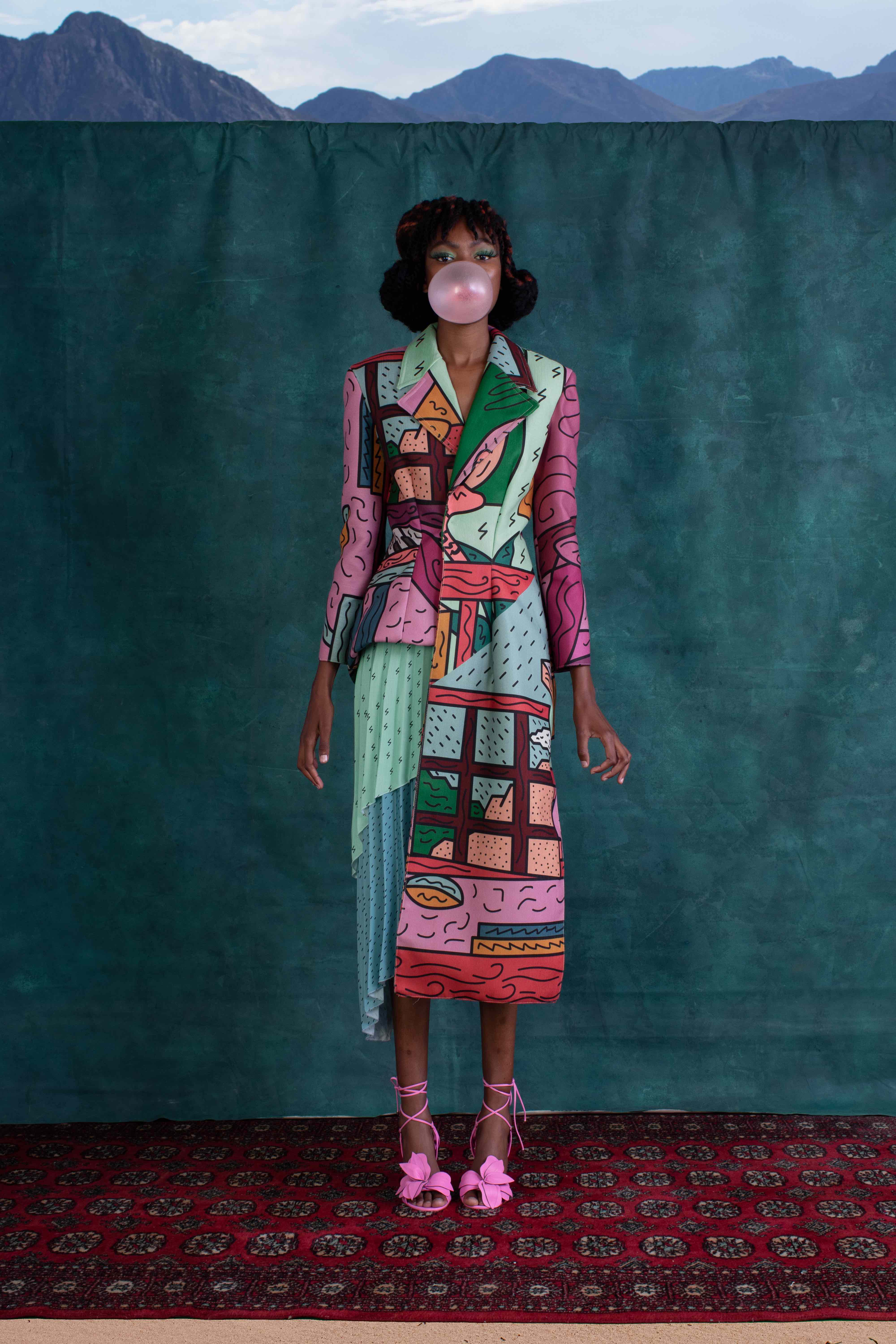
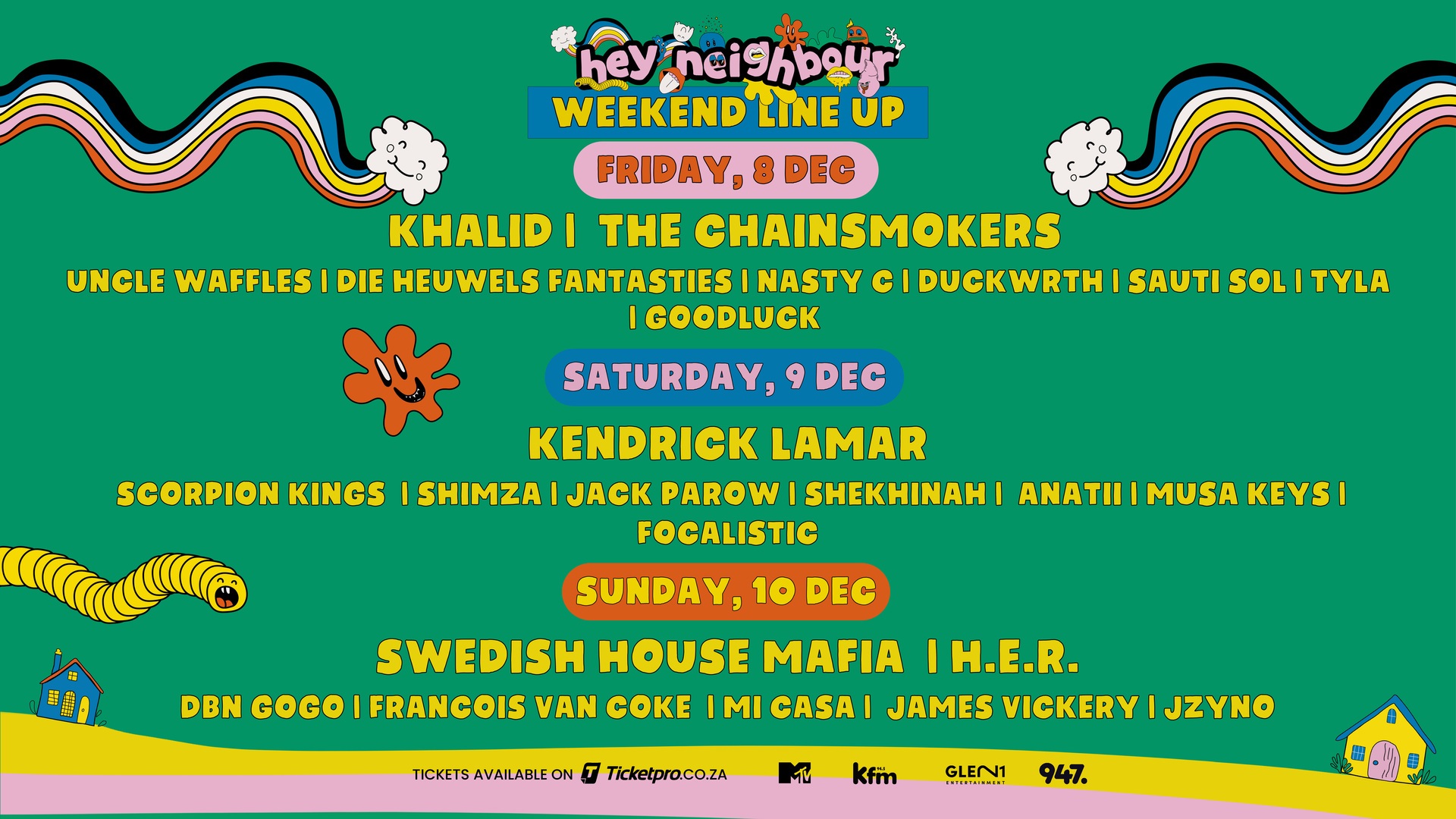



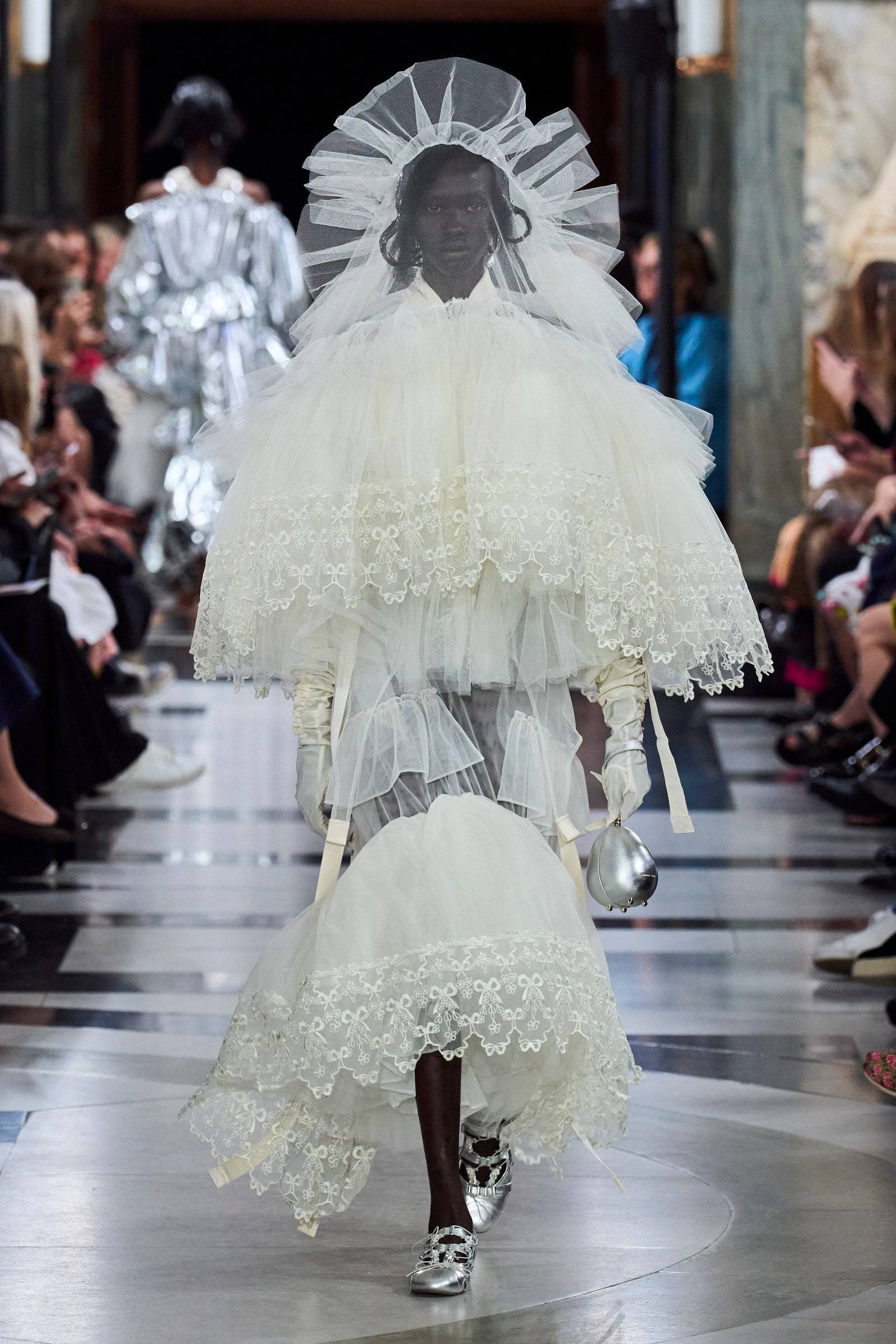
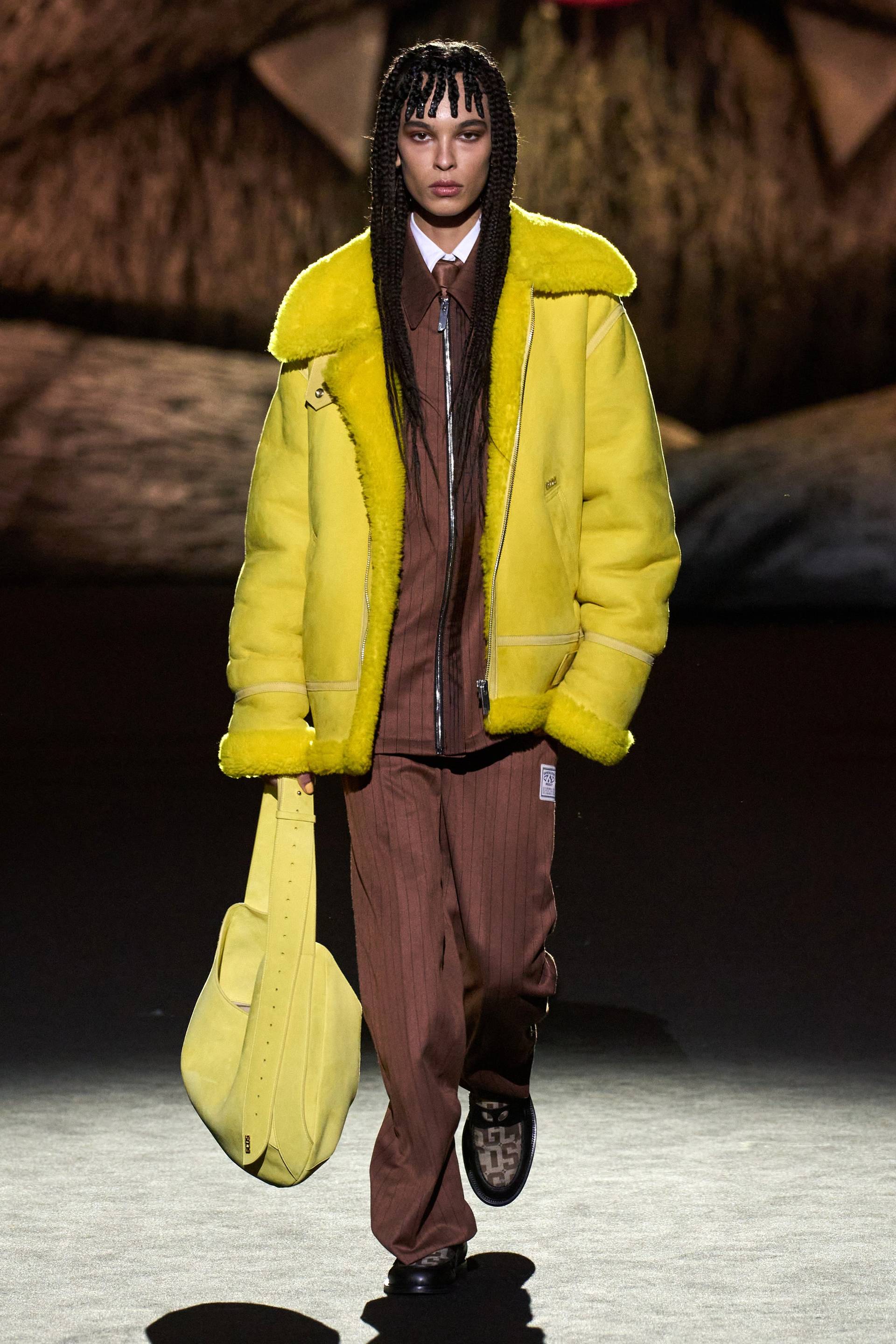
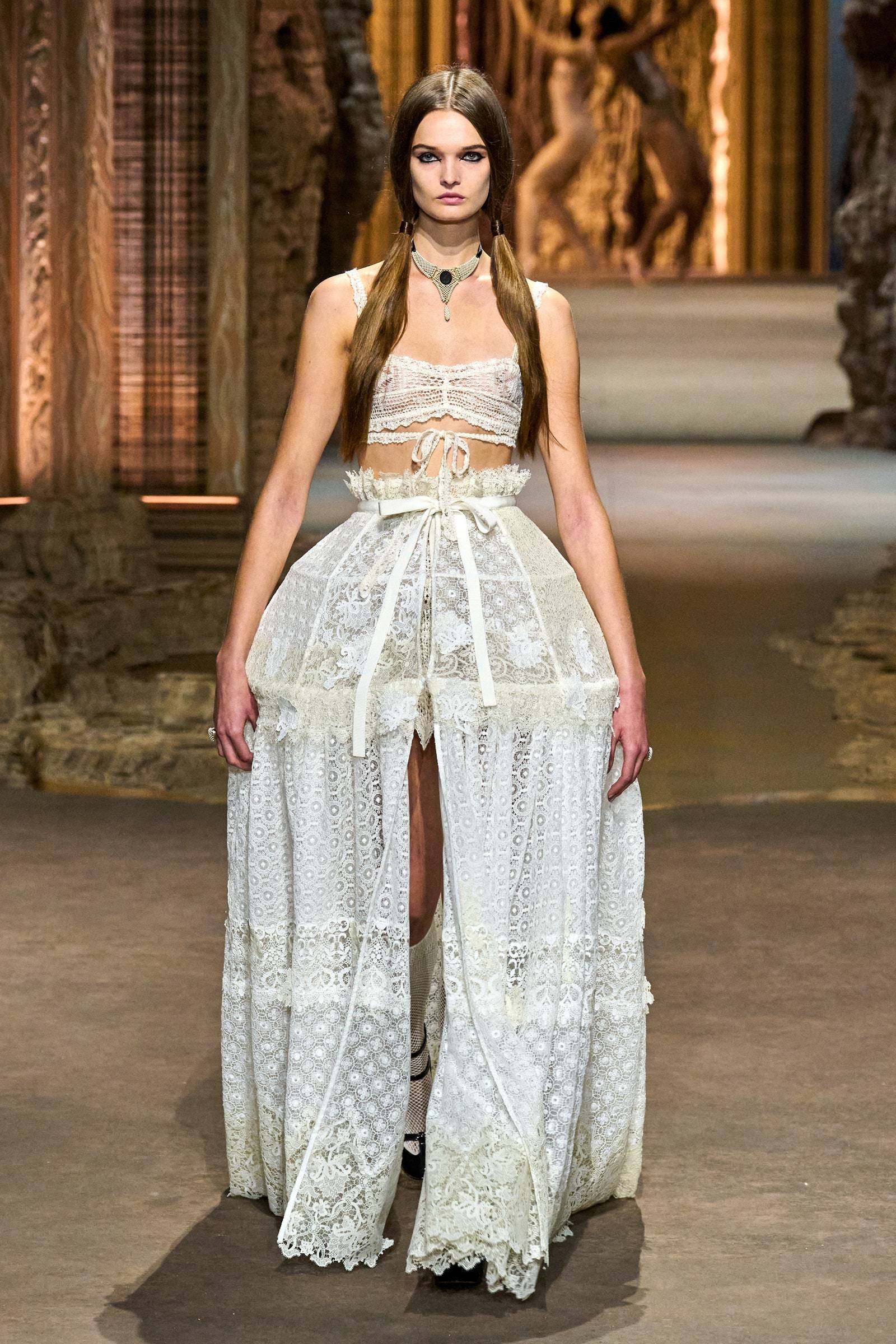
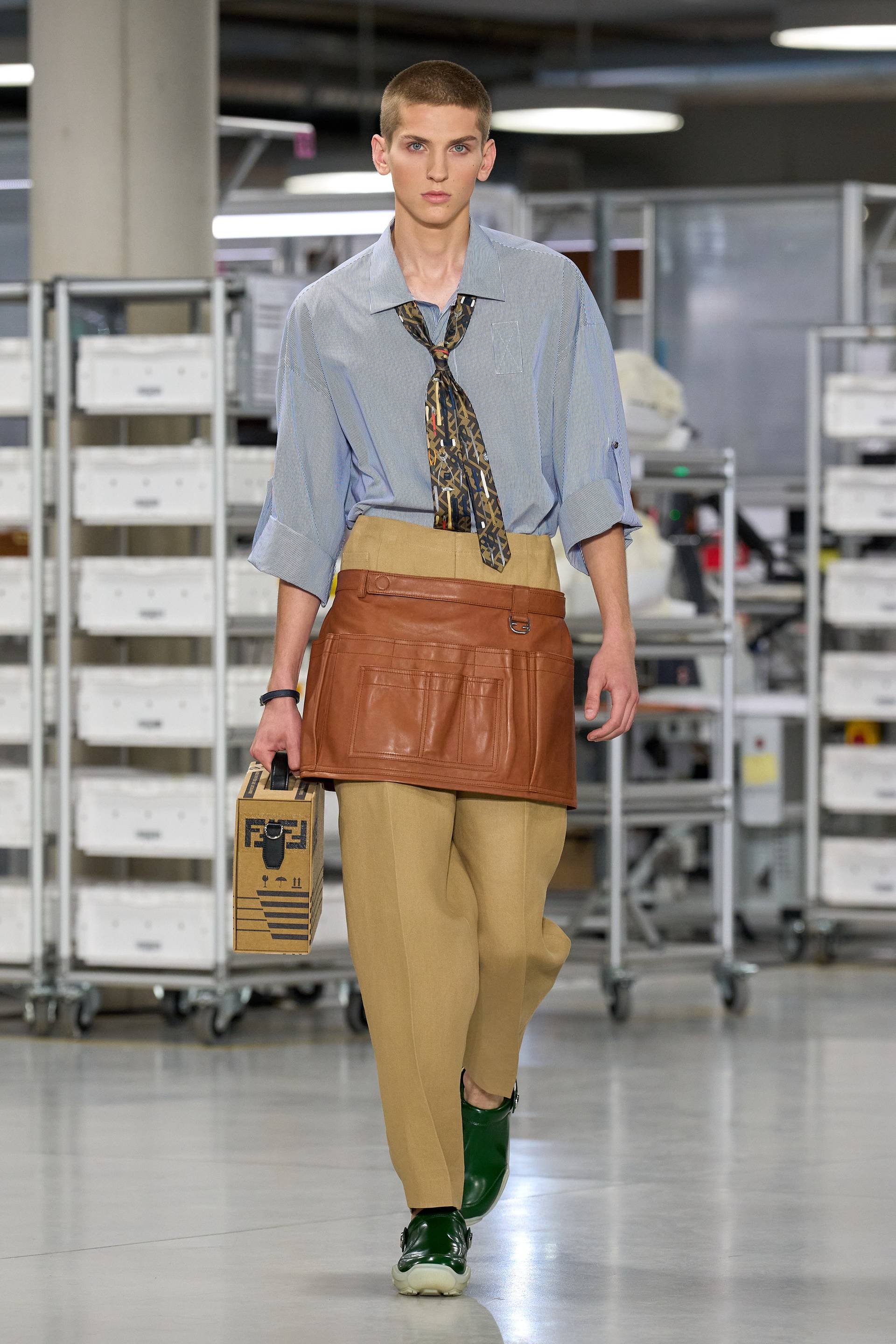
Recent Comments